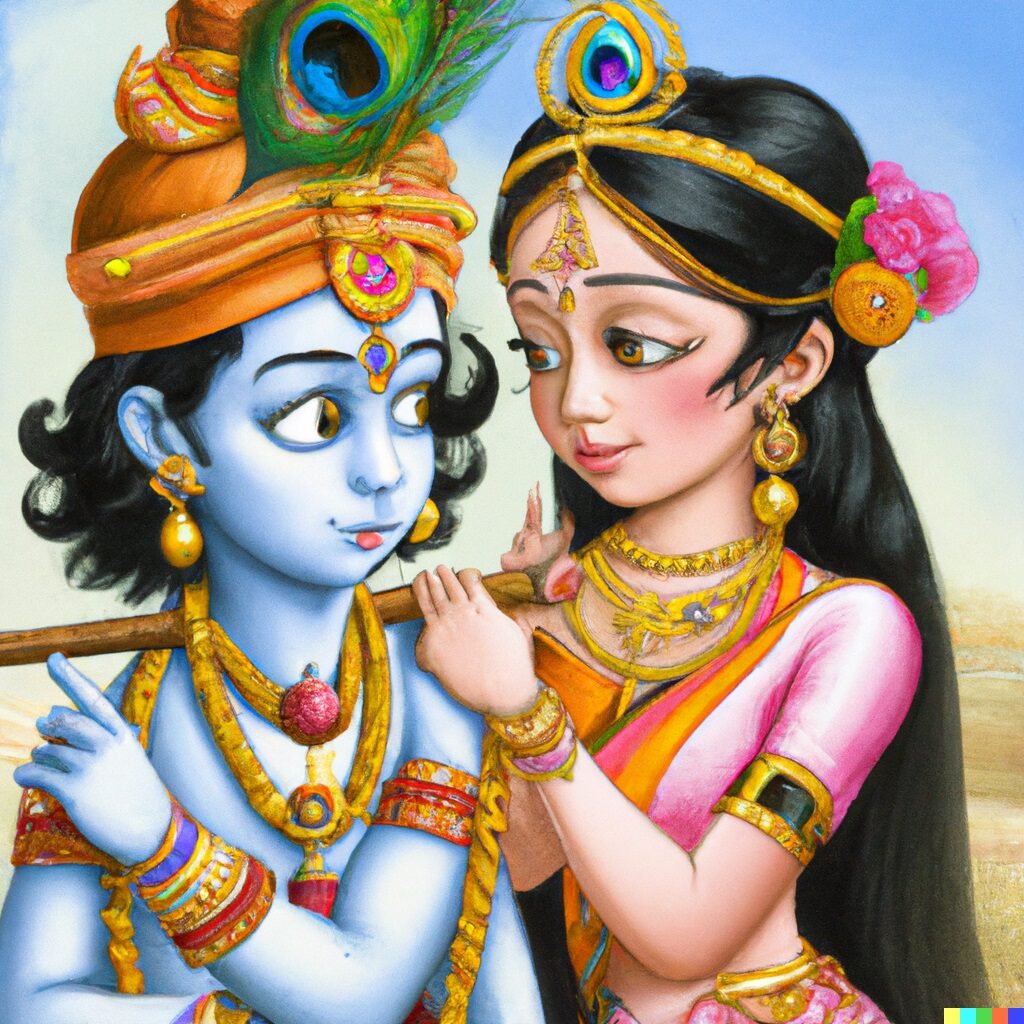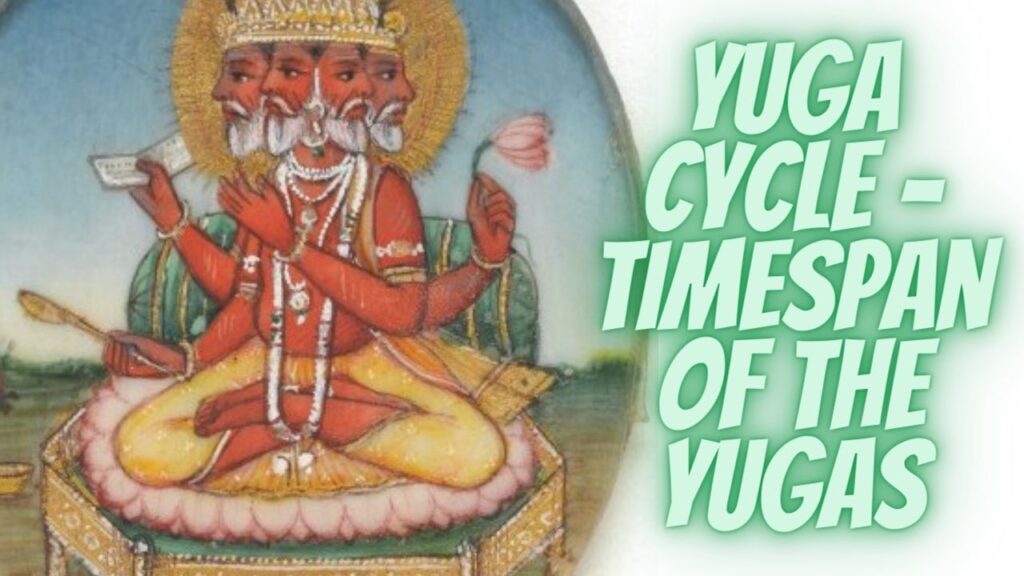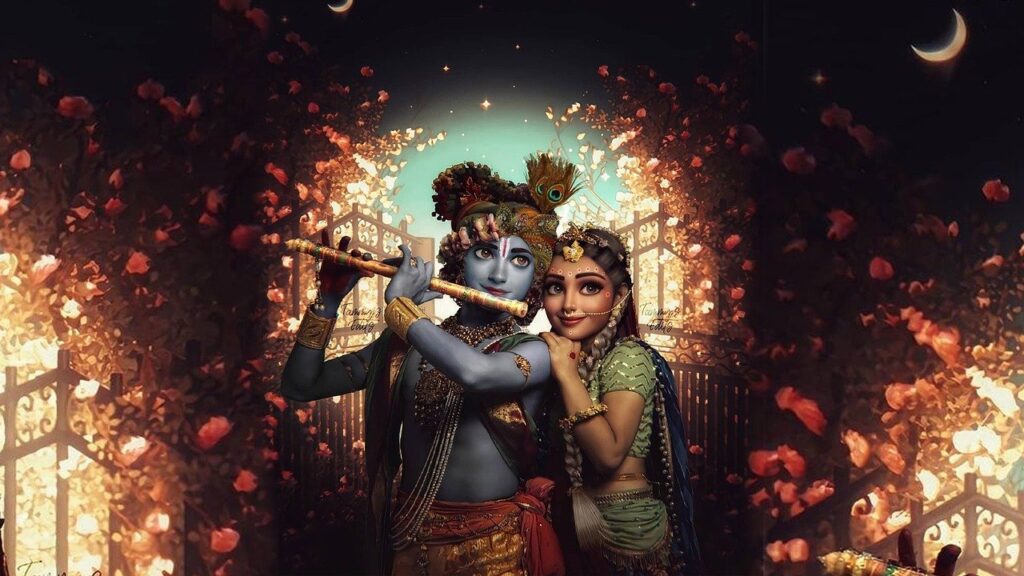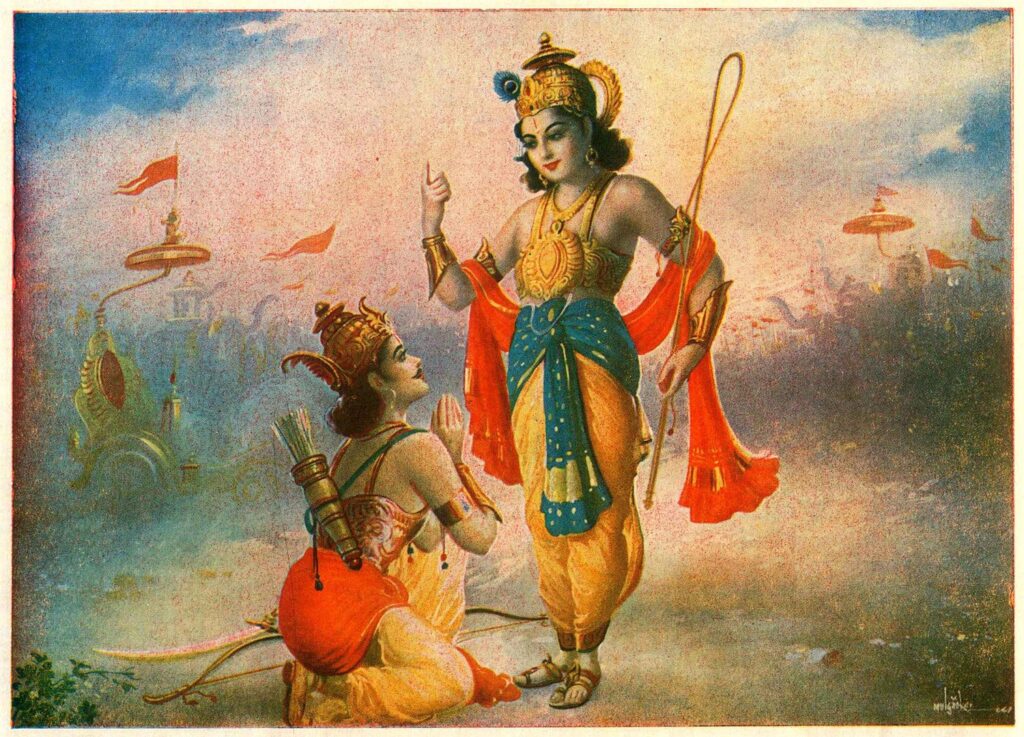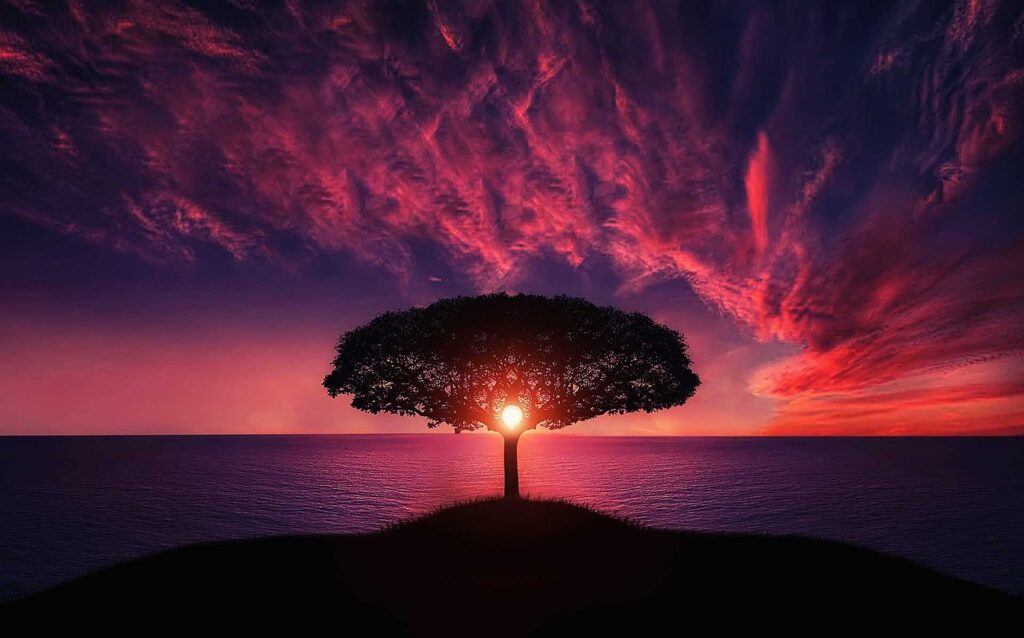
Bhagavad Gita provides extensive descriptions of the material nature, which is known as ‘Prakriti’ and is considered an energy of the Supreme Being. Prakriti governs the material world and all its 8.4 million species of life. The living beings who are essentially spirit souls, are bound to this material world through the three modes of material nature, namely – sattva (mode of goodness), rajas (mode of passion) and tamas (mode of ignorance). When the living entity, who is part and parcel of the Supreme Lord, comes in contact with this world of matter, it becomes conditioned by a combination of these three modes, and forgets its eternal free nature. The living entity, thus conditioned by the modes of material nature, seeks egoistic satisfaction through its senses, mind, and intelligence. This attachment to material desires leads to the cycle of birth and death. It is a vicious cycle that binds the living entity and impedes its spiritual progress. However, the Bhagavad Gita also provides guidance on how to transcend these modes and achieve liberation from the material world. By understanding the nature of Prakriti and the modes of material nature, one can break free from the cycle of birth and death and attain spiritual enlightenment.
